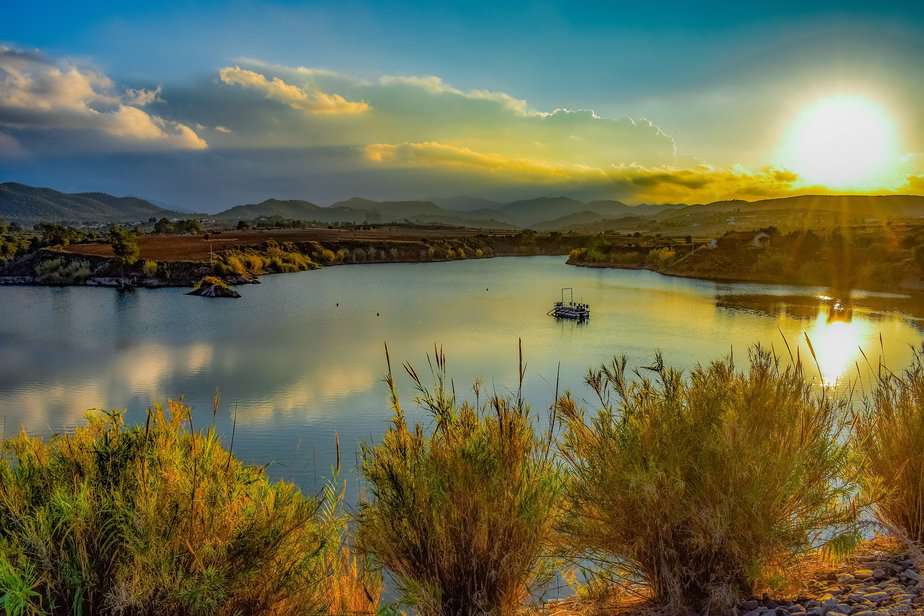
Indigenous Voices Triumph as Warragamba Dam Wall Expansion is Abandoned
In a significant victory for indigenous custodians and environmental advocates, plans to raise the wall of the Warragamba Dam in New South Wales (NSW), Australia, have been officially scrapped. This decision, which would have aimed to protect approximately 140,000 residents from potential floods, has been met with praise from those who have long fought to preserve the cultural and environmental significance of the area.
The Controversial Dam Wall Expansion Project
The project, initially approved by the previous Coalition NSW government in 2016 under Premier Mike Baird, involved raising the Warragamba Dam wall by an additional 14 meters. The primary objective was to mitigate flood risks in the Hawkesbury-Nepean valley region of NSW. Initially estimated at a cost of $700 million, by March of this year, the Parliamentary Budget Office had revised the estimated bill to approximately $2 billion.
One of the most concerning aspects of the project was the potential environmental impact. If the expansion had gone ahead, it would have inundated a staggering 6,000 hectares of the Greater Blue Mountains World Heritage Area. This region is home to invaluable artwork, cultural sites, camps, ceremonial areas, and burial sites. For indigenous custodians like Gundungurra Elder Kazan Brown, who led a long and impassioned campaign to protect this land, the cancellation of the project was met with joy and relief.
Environmental and Cultural Concerns
Kazan Brown described the news as “awesome,” highlighting that more than 300 cultural sites have been saved as a result of this decision. She stated, “It’s a big weight off our shoulders,” signifying the immense cultural and spiritual importance of this land to indigenous communities.
NSW Water Minister Rose Jackson emphasized that the cancellation of the planning application was the fulfillment of a promise made by the Labor government during their election campaign earlier in the year. She acknowledged that it was a necessary step to formally declare that the project would not proceed.
Political Fulfillment and Future Strategies
Interestingly, despite being promoted by three successive Coalition premiers, no actual funds had been allocated to the dam expansion project. This raises questions about the feasibility and necessity of the endeavor in the first place.
Looking ahead, the Minns Government is considering alternative strategies to reduce the flood risk in the area. One such strategy includes expanding the size of Sydney’s desalination plant to ensure a more reliable supply of drinking water, reducing the need to keep the dam at full capacity.
Celebrating the Victory
The victory against the Warragamba Dam wall expansion was not achieved without the dedication and determination of passionate individuals. Harry Burkitt, a leader of the “Give a Dam” campaign that opposed the higher wall, applauded the end of the fight. He credited a “handful” of determined individuals for this triumph, emphasizing their unwavering commitment to the cause.
Rob Pallin, a key campaign funder, also celebrated the project’s cancellation as “a great win for the environment.” The potential flooding of the area posed a significant threat to endangered species within the national park, including the Camden white gum and the regent honeyeater. Beyond the immediate issue, Pallin recognized the broader significance of this victory in setting a precedent against future environmentally detrimental projects.
The Ongoing Battle
While the battle to protect this culturally and environmentally significant region may have won a crucial battle, the war is not yet over. Kazan Brown, echoing the sentiments of many, continues to advocate for the inclusion of Lake Burragorang behind the wall in the world heritage area. This would provide more formal protection for the 334 known cultural heritage sites within the likely flood zone. Despite the project’s cancellation, the specter of a wall-raising still looms, making it imperative to ensure comprehensive safeguards for this precious land.
Conclusion
In conclusion, the decision to abandon the Warragamba Dam wall expansion project marks a significant victory for indigenous custodians, environmental advocates, and the broader community. It demonstrates the power of collective action and the importance of preserving culturally significant lands and vital ecosystems for future generations. While the battle may continue, this triumph serves as a beacon of hope and inspiration for those who stand in defense of our natural and cultural heritage.
